Is anyone really excited about a shift towards shorter TV episodes? I can already hear the collective groans from the back of the room.
But hear me out on this unless you think the likes of TikTok and YouTube Shorts will never move beyond the personal short-form content to something more akin to a full-fledged series.
Think about this: According to Statista, 35% of people watch TV shows on TikTok. Now, we all know the TikTok format — one-minute shorts that get in and get out in a hurry.

That’s right. A single episode can easily cover 45+ little snippets of drama. Fast twitch eyeballs and a deflated sense of patience drive us into strange new territory.
It’s not hard to see why. The smartphone is like a parasite, latching on and consuming attention spans and warping upper spinal columns into question marks. However, is this truly the direction small and big-screen entertainment is heading?
It Began With Quibi, but it Doesn’t End There
This song and dance is nothing new. Rapid twitch eyeballs, flashes of dopamine followed by crumbling patience, and flexible index fingers swiping up, swiping up, and swiping up.
Quibi’s original intention was to take a short-form composition circumscribed by amateur, personal content rife with mimicry and transform it into lightning-quick episodes akin to regular, plot-driven TV shows.
The problem is that Quibi was a failure, eventually gobbled up by Roku and fading quickly from the public consciousness, eclipsed by the looming dread of a continent-hopping disease that shook the world.
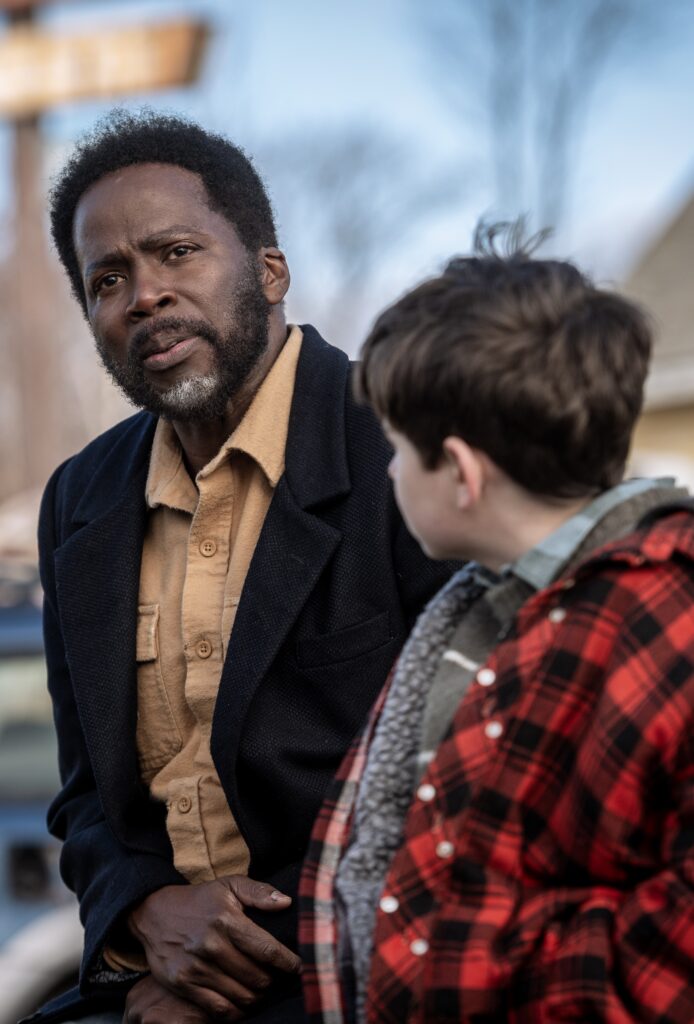
Quibi delivered shorter TV episodes in ten-minute “Quick Bites,” riding the high of $1 billion in funding from Disney, Fox, NBC Universal, Sony, JP Morgan, and others.
In its first week of release, the app had 1.7 million downloads. However, in two short years, Quibi became a thing of the past — a quick-hit viral wonder that vanished because of an abundance of weak content and a lack of self-introspection.
The initial burst of excitement over this new streaming platform reveals an anticipatory climate for formats like this. It wasn’t the short form that wrecked Quibi; it was the insubstantial content and a failure to adapt.
The irony is that while quantity is a necessary component of short-form video, people still want quality. So, what happens when you pair better quality with two- to ten-minute episodes?
FlexTV: China’s Latest Export
In January of 2024, FlexTV hit the top ten in free app downloads on the Apple App Store. In July, it was the 7th most downloaded app in France. Later that same month, it was #2 in Thailand.

FlexTV is the new Quibi, except this time, the quality bar is a little higher. Nothing worth writing home about, mind you, but relatively popular nonetheless.
Remember that FlexTV is by no means a one-size-fits-all for everyone. But it is an example of what kind of TV is attracting viewers these days. China is directly targeting Gen Z, knowing full well that those reaching adulthood right now grew up on the likes of TikTok and YouTube Shorts.
Gen Z is reaching the point where its purchasing power is strong enough to dictate trends in how entertainment is delivered. Shorter TV episodes could very well become the rule rather than the exception.
FlexTV caters to that dynamic, even if its offerings are of lower quality than those in more traditional formats.
The fact that thousands upon thousands of people are working their way through popular shows from Netflix, Hulu, HBOMax, Apple TV+, etc., via TikTok is a profound echo of that sentiment.
Competition with Existing Social Media
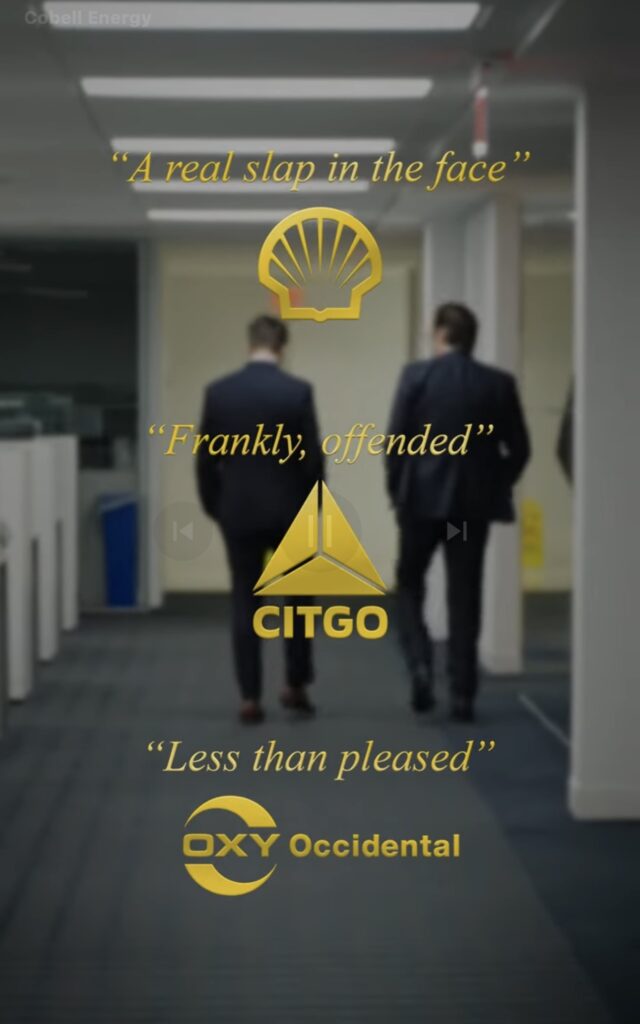
Shorter TV episodes are already a thing and have been for some time. Anime is dominated by quick bites of entertainment, and the 22-minute format is an oldie.
But when we’re talking about one- and two-minute episodes here, the competition is clearly TikTok, with Instagram Reels, YouTube Shorts, and others bringing up the rear.
TikTok allows entire TV series and movies on its platform, gets hit with a cease and desist, and takes down the content. Only the content reappears soon after.
For some studios, adopting the “if you can’t beat them, join them” mantra is the way to go. For instance, Paramount posted Mean Girls on TikTok in multiple parts.
Thanks to the Safe Harbor provision of the Digital Millenium Copyright Act, TikTok is somewhat protected from lawsuits, especially if it removes the content when ordered to.
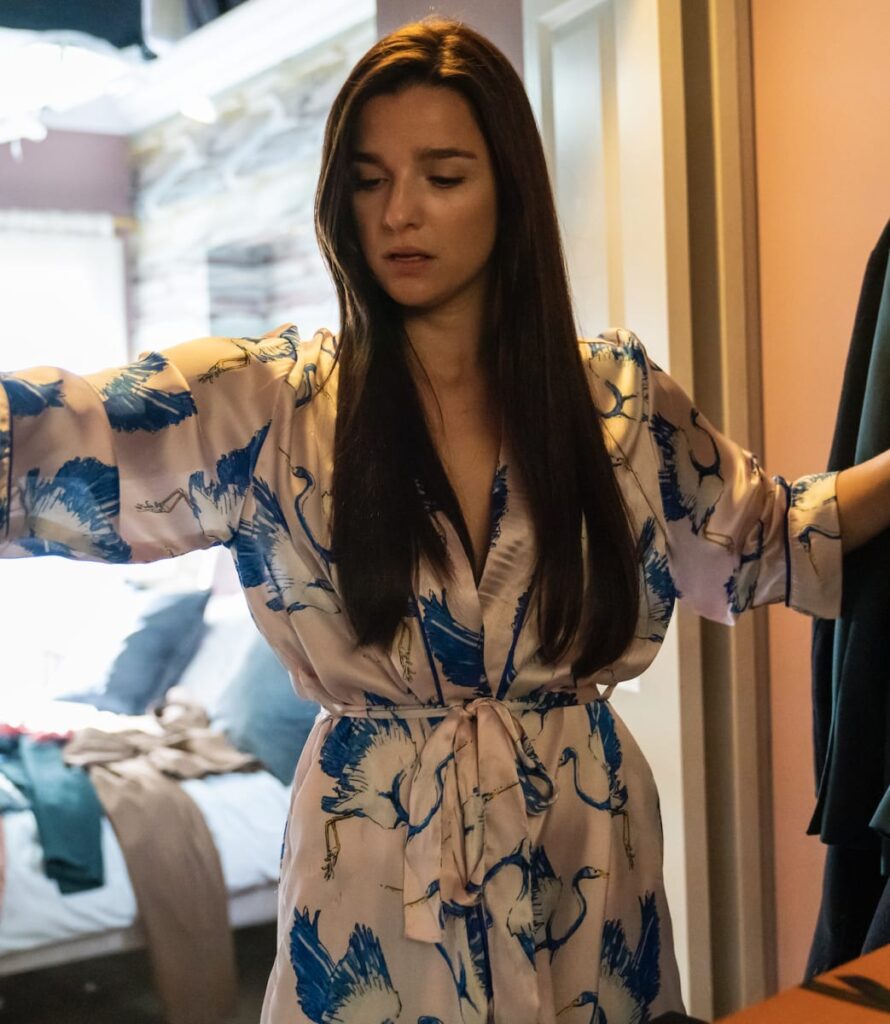
With all of this “free” content floating around in the form of shorter TV episodes, new apps face some serious competition. Quibi demanded a ludicrous sum for the privilege of streaming their lackluster library, but that doesn’t mean future apps will arrive laden with the same issues.
Short-Form Soap Operas
Throughout the pandemic, shorter TV episodes became popular outside of the US, mostly in the form of soap operas. If you jump on the App Store or the Google Play Store, apps like ReelShort, FlexTV, DramaBox, Sereal+, and ShortTV are rife with one-minute soap operas.
These are mostly focused on women, and their marketing and reach are hard to argue with, as hundreds of thousands of downloads are among them.
It may be soap operas for now, but the quality has markedly improved year after year.
“As ReelShort pumps out its content, the quality of the productions is getting better. Budgets have gotten larger, the cameras are better, the crews are getting larger.”
-Leomax He, Director and Producer
Over 20 million people have downloaded ReelShort worldwide, not counting the millions of others downloading competing apps in the same genre. For what it’s worth, my wife watches ReelShort, and I didn’t even know it until this article.
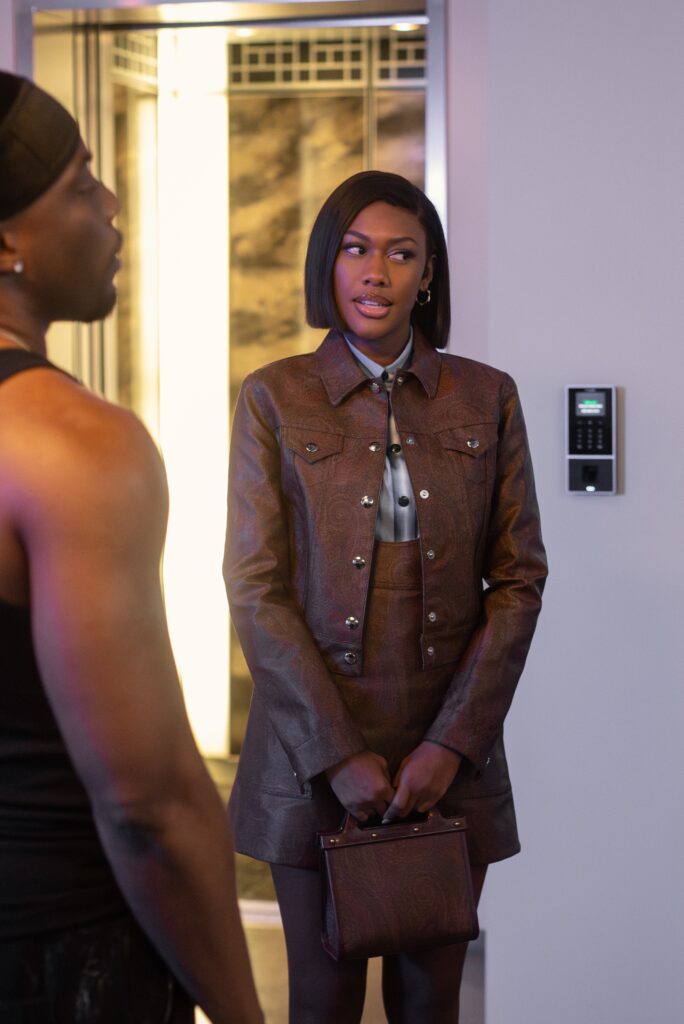
So, what happens when you make the move from soap opera to noir mystery? Science fiction? Fantasy? Crime documentaries are extremely popular. Imagine shifting to a dose of real-life murder mystery delivered in 1-minute doses.
Where Are Major Studios Heading?
We haven’t reached the point of one- or two-minute episodes on Netflix or Prime yet, but that doesn’t mean something along those lines isn’t waiting in the wings.
The idea of shorter TV episodes is not exactly foreign to Hollywood or the entertainment industry as a whole.
State of the Union, developed for Sundance TV, is a ten-minute per episode series that spans ten episodes. Netflix produced a documentary series known as “Follow This,” with 15-minute episodes in a 20-episode season.
Love, Death & Robots is also highly popular, with each episode lasting from six to seventeen minutes. Towards the end of 2023, Cobell Energy, a vertical film production, aired on social media platforms like TikTok and Instagram.

Cobell Energy didn’t blow anyone’s socks off, but it quietly amassed quite the following on both platforms. The fact that it was released with very little marketing and noise is just icing on the cake.
Another major attraction for big studios is the cost. We’ve written our own share of articles here at TV Fanatic covering the massive budgets that go into major film and series productions nowadays.
Many of these efforts are not paying off, and continuing along this financial path is ultimately unsustainable.
“The show was conceptualized in May, written in two months, and then shot over just six days.”
-Ari Cagan, Director of Cobell Energy
These shows draw viewers, even with little marketing, along with long-term conversations and community gatherings across the social media landscape. The latter serves as its own sort of marketing.
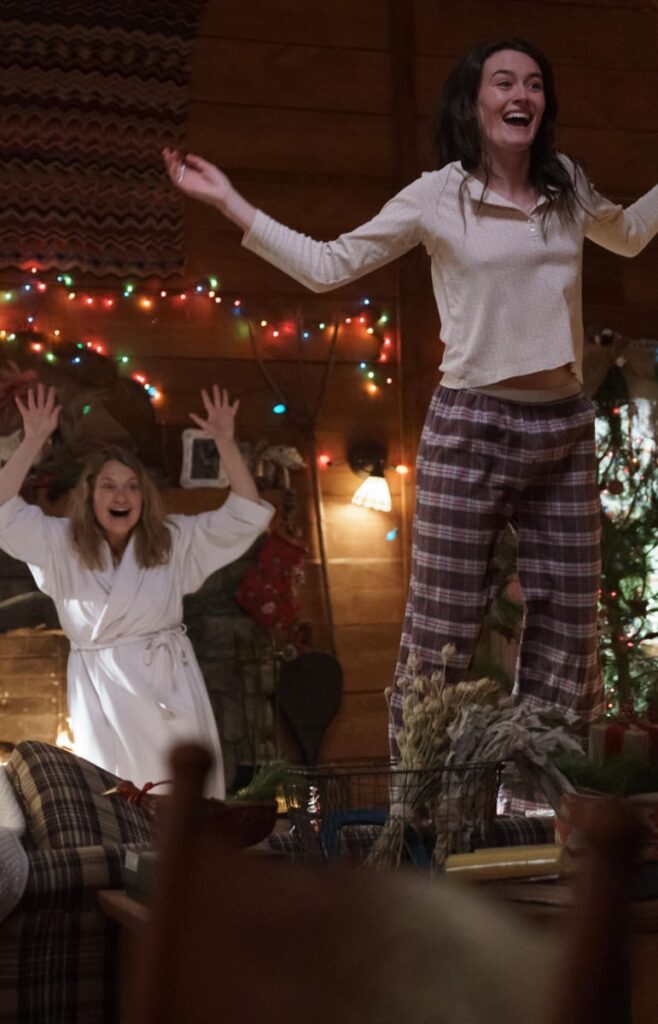
The short turnaround, simple vertical format, and minimal budgets are enormous cost-cutters.
Hollywood agencies are currently mining talent in short-form content creation, attempting to kill two birds with one stone by pulling massive audiences into their own hemispheres and adapting major trends.
Gen Z is the focal point for the energy behind short-format and vertical filmmaking, whether for the small screen or the really small screen that fits in your back pocket. They’re making headway. The question is, are we ready for flash video content?
In the comments below, let us know what you think about short-form filmmaking and whether you have any short-film apps that you love!
The post Quick Fix: Why a Shift Towards Shorter TV Episodes Could Be In Our Future appeared first on TV Fanatic.